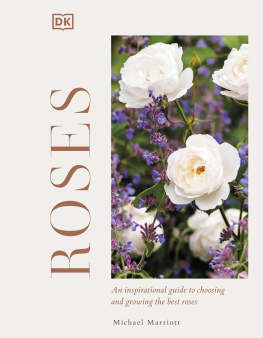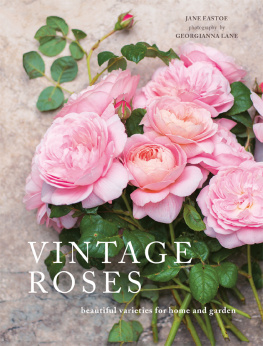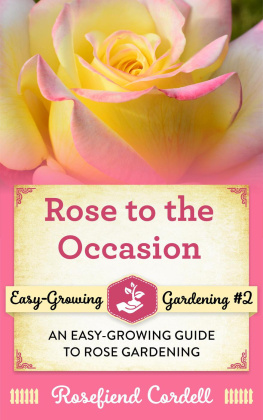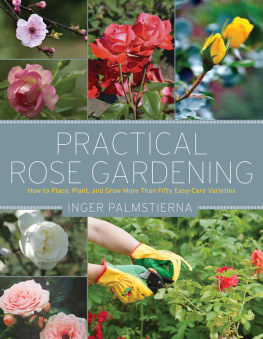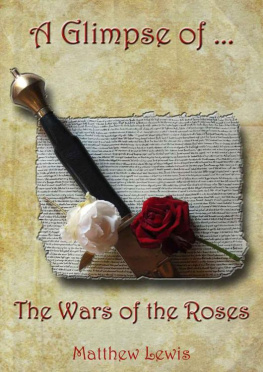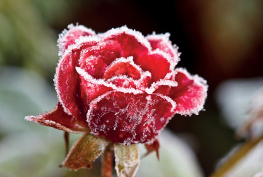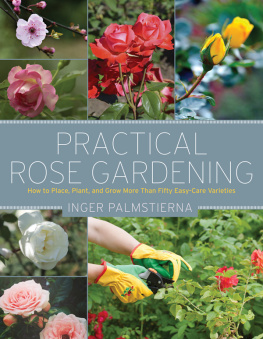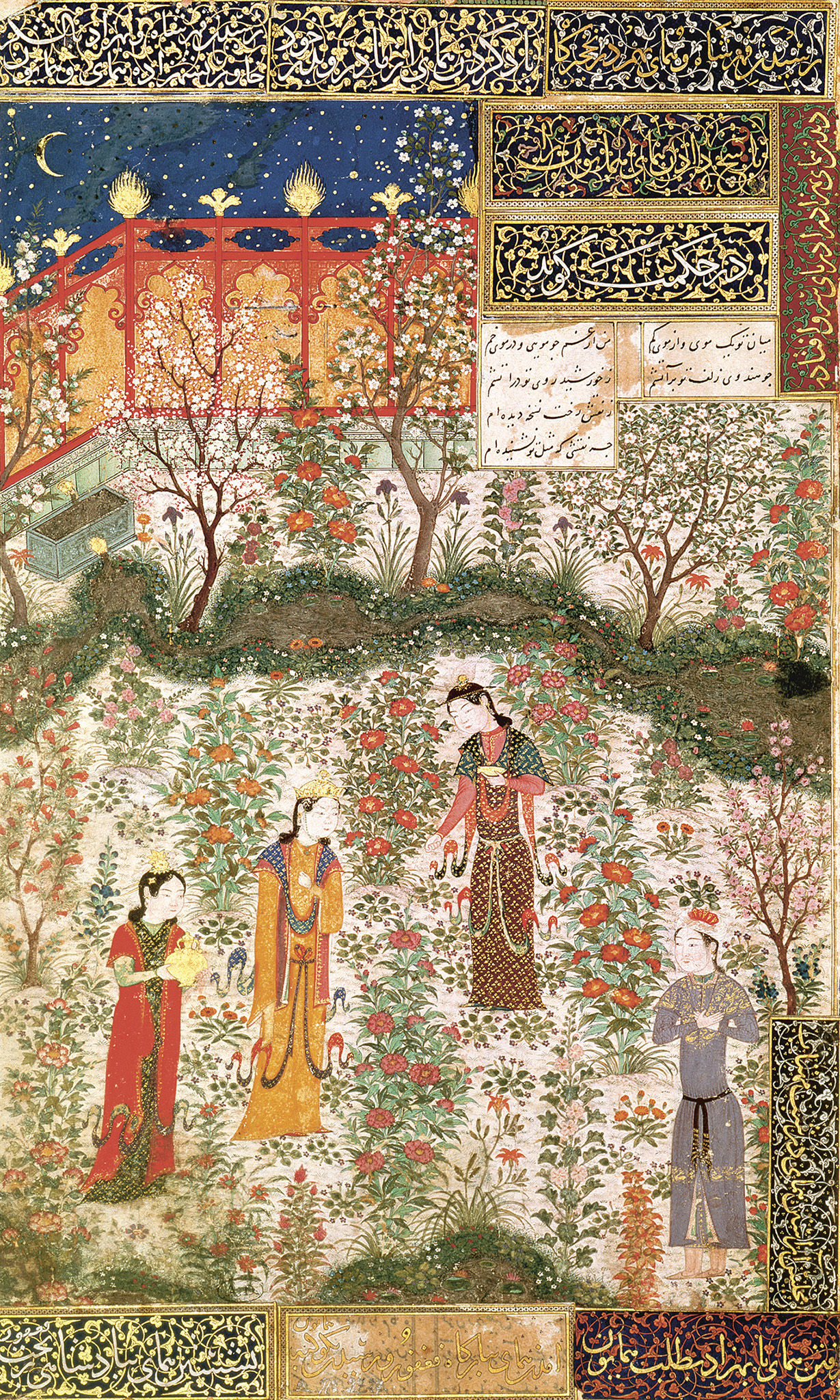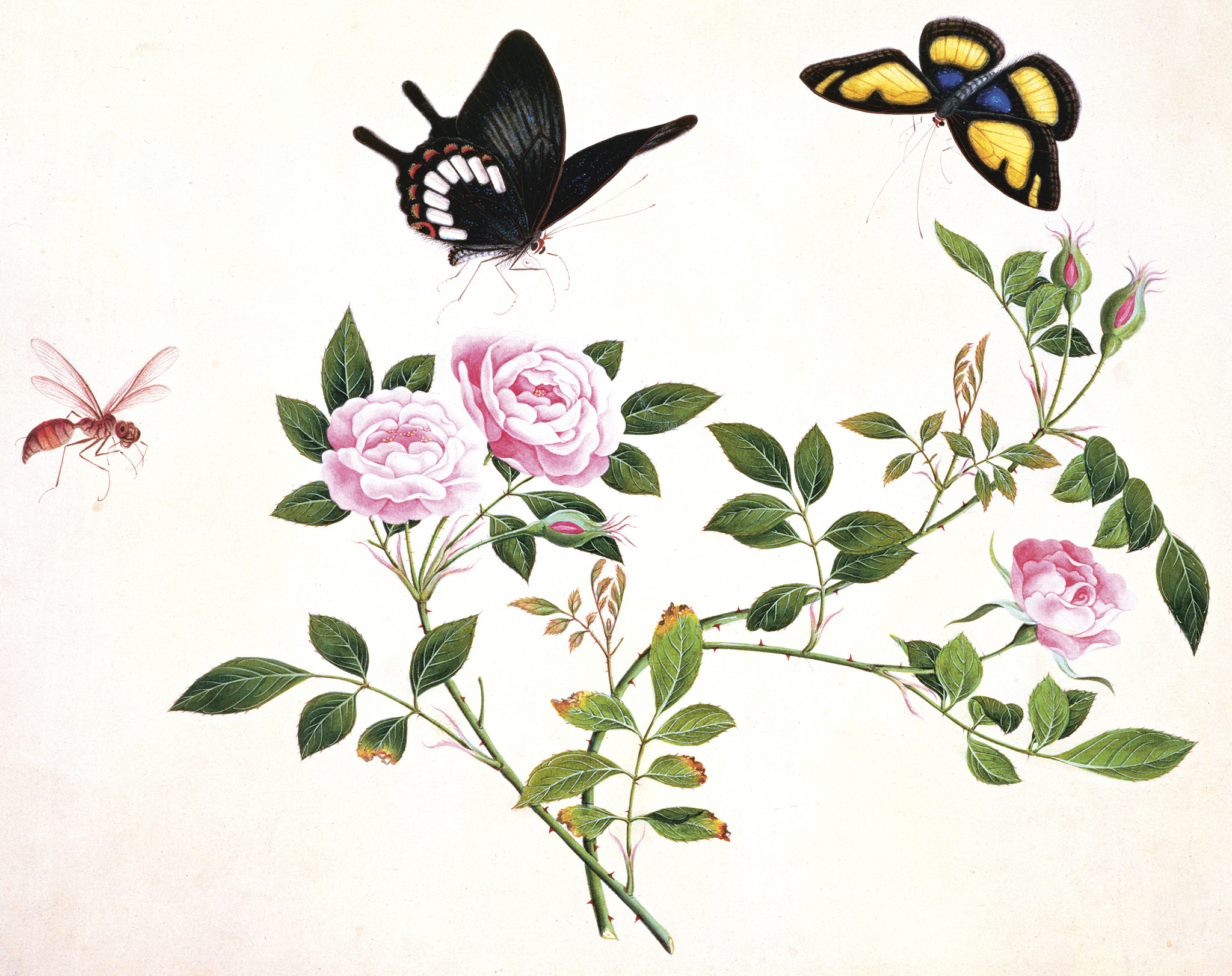Michael V Marriott - RHS Roses: An Inspirational Guide to Choosing and Growing the Best Roses
Here you can read online Michael V Marriott - RHS Roses: An Inspirational Guide to Choosing and Growing the Best Roses full text of the book (entire story) in english for free. Download pdf and epub, get meaning, cover and reviews about this ebook. year: 2022, publisher: DK, genre: Home and family. Description of the work, (preface) as well as reviews are available. Best literature library LitArk.com created for fans of good reading and offers a wide selection of genres:
Romance novel
Science fiction
Adventure
Detective
Science
History
Home and family
Prose
Art
Politics
Computer
Non-fiction
Religion
Business
Children
Humor
Choose a favorite category and find really read worthwhile books. Enjoy immersion in the world of imagination, feel the emotions of the characters or learn something new for yourself, make an fascinating discovery.
- Book:RHS Roses: An Inspirational Guide to Choosing and Growing the Best Roses
- Author:
- Publisher:DK
- Genre:
- Year:2022
- Rating:4 / 5
- Favourites:Add to favourites
- Your mark:
RHS Roses: An Inspirational Guide to Choosing and Growing the Best Roses: summary, description and annotation
We offer to read an annotation, description, summary or preface (depends on what the author of the book "RHS Roses: An Inspirational Guide to Choosing and Growing the Best Roses" wrote himself). If you haven't found the necessary information about the book — write in the comments, we will try to find it.
A rose is one of the most beautiful, versatile, and rewarding plants that a gardener can grow, but with over 30,000 different types of roses available to gardeners across the world, how do you find the right one for your garden?
RHS Roses is a joyous celebration of this garden icon, which brings together stunning photography of rose gardens and displays with expert advice on how to choose, grow, and enjoy roses in any garden, anywhere!
With passion and petals on every page, you can explore:
- Author Michael Marriott brings an unrivalled level of expertise to this title, with easy to follow instructions and accessible text that readers can trust
-The content and layout will showcase the different types of roses available to readers, as well as how to grow them.
-The inspiring range of roses available and the essential contribution they bring to a garden
-Rose selector that gives you the key information about roses for your garden - from front of border beauties to shady wall show-offs.
New to roses and dont know where to begin? No worries, DK has got you covered!
This invaluable guide teaches gardeners how they can make the most of their gardens unique qualities, from practical considerations like soil and climate to the mood and style of the space.
Central to the book is the rose selector section, which features 200 profiles showcasing the best varieties for different uses, climates, and characteristics like scent and hips.
As one of the worlds leading rosarians, with more than 35 years experience and a close association with the internationally renowned David Austin Roses, author Michael Marriott showcases his expertise and insight with stunning photography, to provide the ideal book for gardeners who love, grow, and want to know more about their favourite flower.
Michael V Marriott: author's other books
Who wrote RHS Roses: An Inspirational Guide to Choosing and Growing the Best Roses? Find out the surname, the name of the author of the book and a list of all author's works by series.

